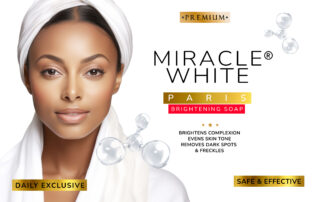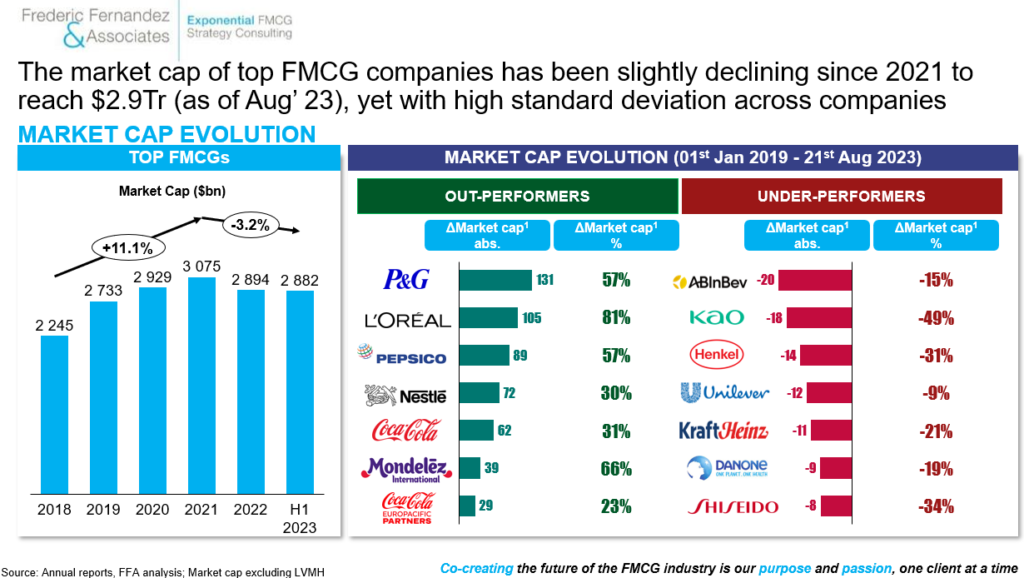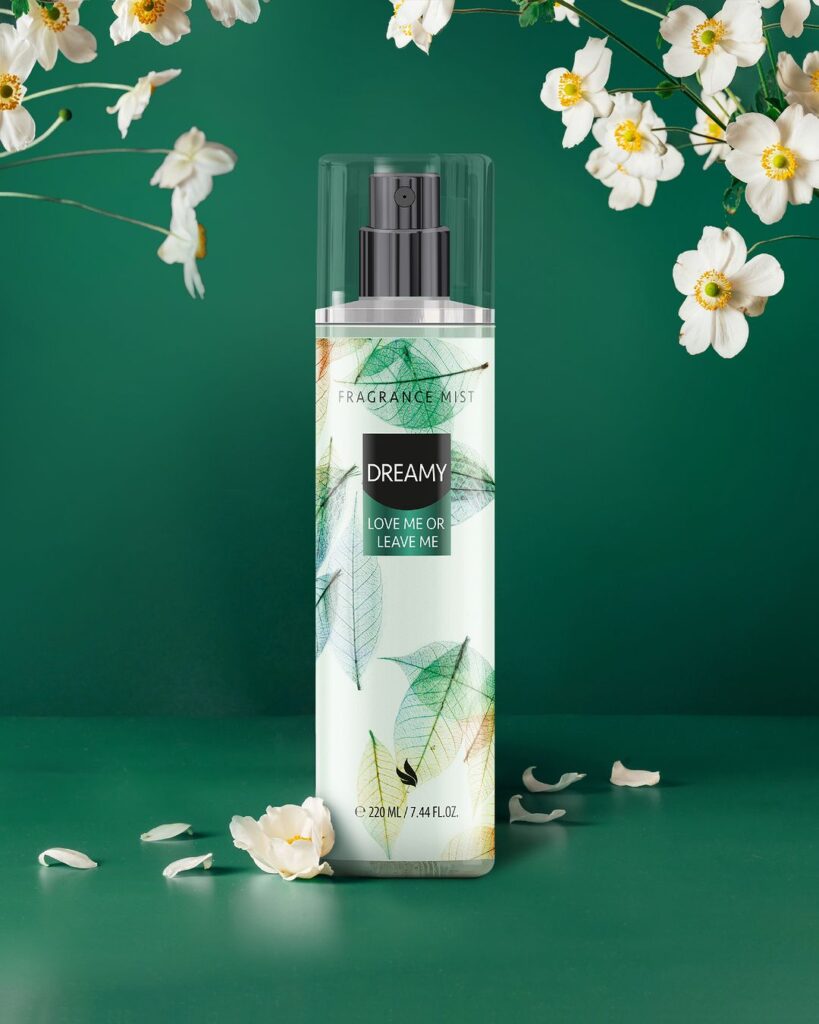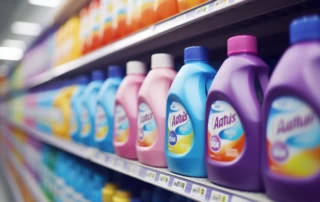Introducing Miracle White: The Ultimate Whitening Soap
The global skin lightening products market was estimated at USD 9.96 billion in 2021 and is expected to grow at a compound annual growth rate of 5.5% from 2022 to 2030 to reach USD 16.14 billion by 2030. Given Nigeria’s high usage rate, it’s reasonable to infer that the country contributes a substantial portion to this global market.
According to the World Health Organization, 77% of women in Nigeria use skin lightening products and this is not about change anytime soon. Even with all the bad press about skin lightening the market is still expanding. Based on a personal survey at Trade Fair market – I discovered that marketers and distributors are more likely to accept skin lightening products as opposed moisturizers.
Apart from skin lightening creams and lotions, skin lightening soaps is another category of products that have seen tremendous increase in recent times. These category of product are most time sold 3x more expensive to their non lightening counterpart.
Although I don’t have an exact estimate or data on the sales of the product category but one thing is certain, the sales recorded is usually massive and mostly dominated by women. An average skin lightening soap can sell as much as N2500. This high usage rate is reflected in the fact that Nigeria leads in global skin whitening use.
Recently, I have been working on a Whitening Soap with the name Miracle White. Miracle White Daily Exclusive Whitening Soap is specially formulated to give you a visibly brighter, clearer and glowing skin. It works effectively to remove dark spots, freckles and also provides sun protection against harmful sunrays, giving you a brighter, softer & younger skin.
We needed a name is memorable, catchy and conveys the purpose of the brand. As the designer the upmost priority for me is to come up with an excellent design that is catchy and attractive enough to make our audience want to pick it up from the shelves.
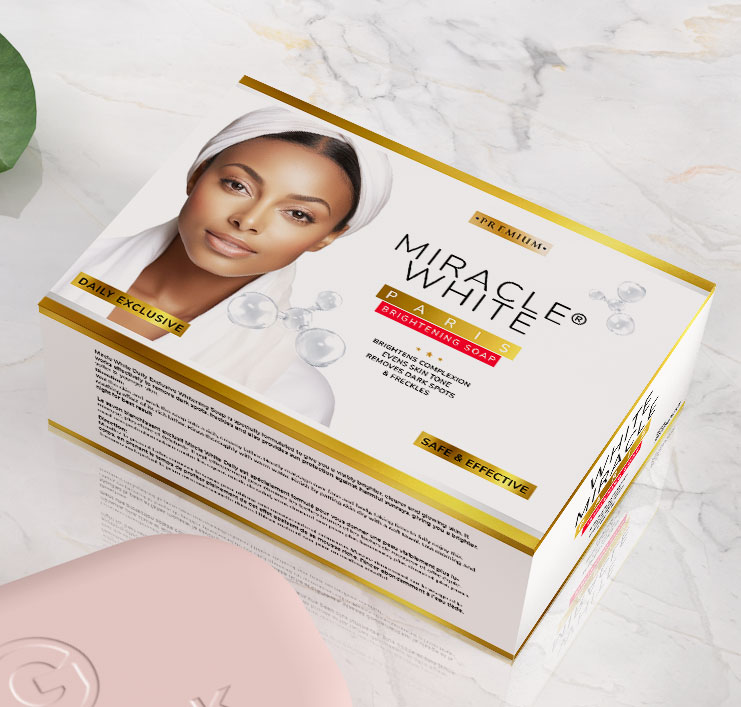
lets talk about the image of choice
The image provided features a woman with a clear and even skin tone, which could be perceived as an aspirational result for consumers interested in skin lightening products. The use of white in the towel and sheet she is wearing can be associated with purity and cleanliness, themes often used in the marketing of skincare products. The simplicity of the image, with its neutral background and the subject’s direct gaze, allows the viewer to focus on the woman’s complexion, which aligns with the marketing message of a skin lightening soap that aims to promote a clear and even skin tone

Brand Guideline – Molecular Imagery
In the context of a skin lightening soap like Miracle White, this molecular imagery is intended to convey a sense of scientific backing or to highlight the presence of specific active ingredients that work at the molecular level to achieve skin lightening effects. It was place there to communicate certain values or benefits of the product. In the case of Miracle White, the use of a molecule in the brand imagery signifies the product’s claims of effectiveness, suggesting that it works at a molecular level to deliver skin lightening benefits. This is an attempt to appeal to consumers looking for products with scientifically proven ingredients or mechanisms.
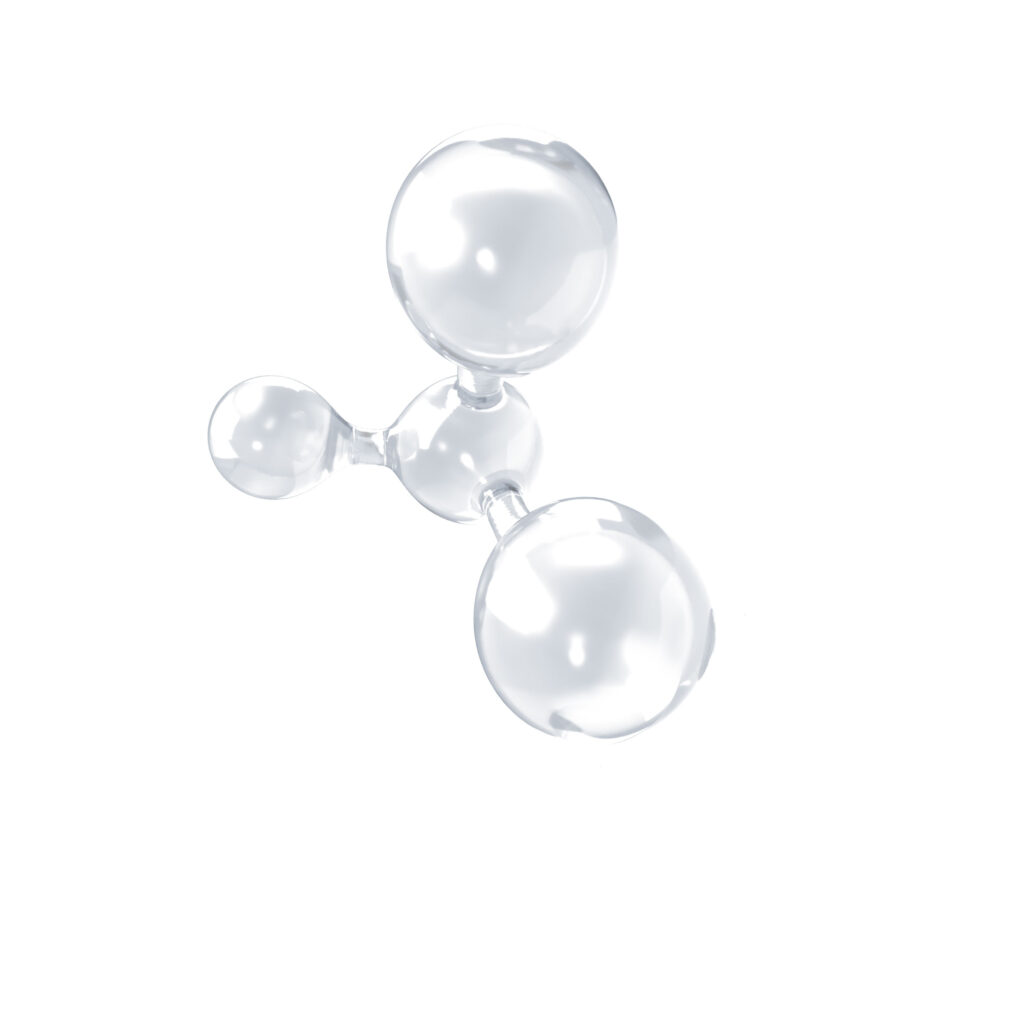
The cover of your Miracle White skin lightening soap incorporates several elements that contribute to its standout design:
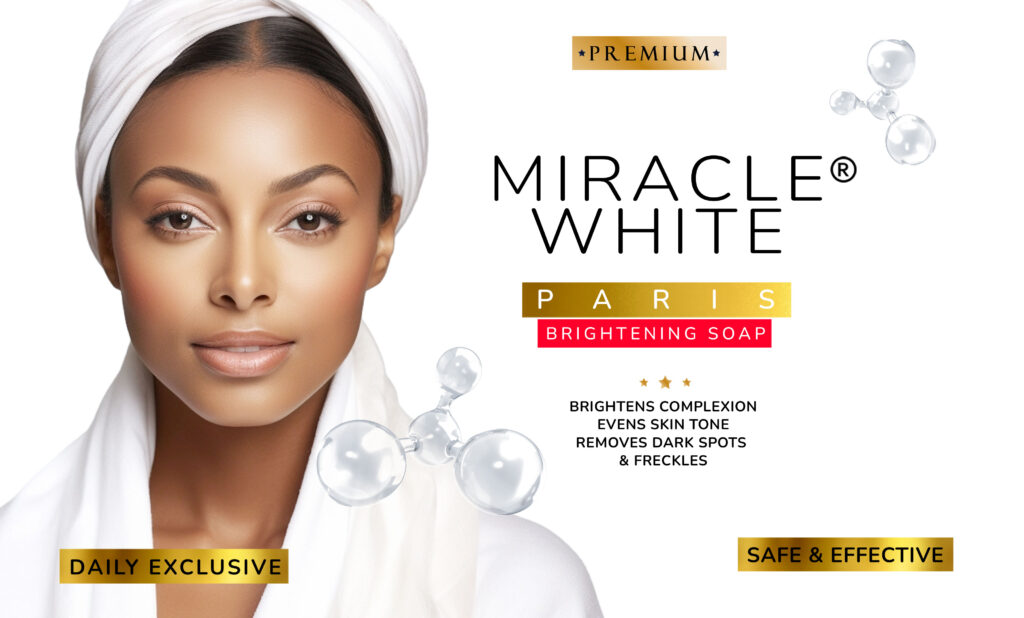
- Color Scheme: The use of white and gold colors conveys a sense of luxury and premium quality. The white color is also symbolic of the product’s skin lightening benefits, while the gold implies a premium, high-end product.
- Clarity of Message: The cover clearly states the benefits of the soap, such as “Brightens Complexion,” “Evens Skin Tone,” “Removes Dark Spots & Freckles,” which are all desirable attributes for potential customers[1].
- Brand Positioning: The word “Paris”suggest a connection to French beauty standards, which are often associated with high-quality skincare products.
- Product Features: The cover highlights that the soap is a “Daily Exclusive” and “Safe & Effective,” which reassures customers about the regular usability and safety of the product.
- Quality Indicators: The use of stars and the label “Premium” serve as indicators of the product’s quality, suggesting that it is a top-tier option in its category.
- Typography: The choice of fonts is modern and sophisticated, which helps to attract a contemporary audience and gives the product a professional appearance.
- Trademark: The use of the registered trademark symbol (®) next to the product name indicates that the brand is established and protected, which can instill trust in consumers.
These elements work together to create a cohesive and attractive package that is likely to draw the attention of consumers looking for skin lightening and brightening solutions.
